Interview: Creators Claudia Gray & Eric Zawadzki Discuss 'House of El'
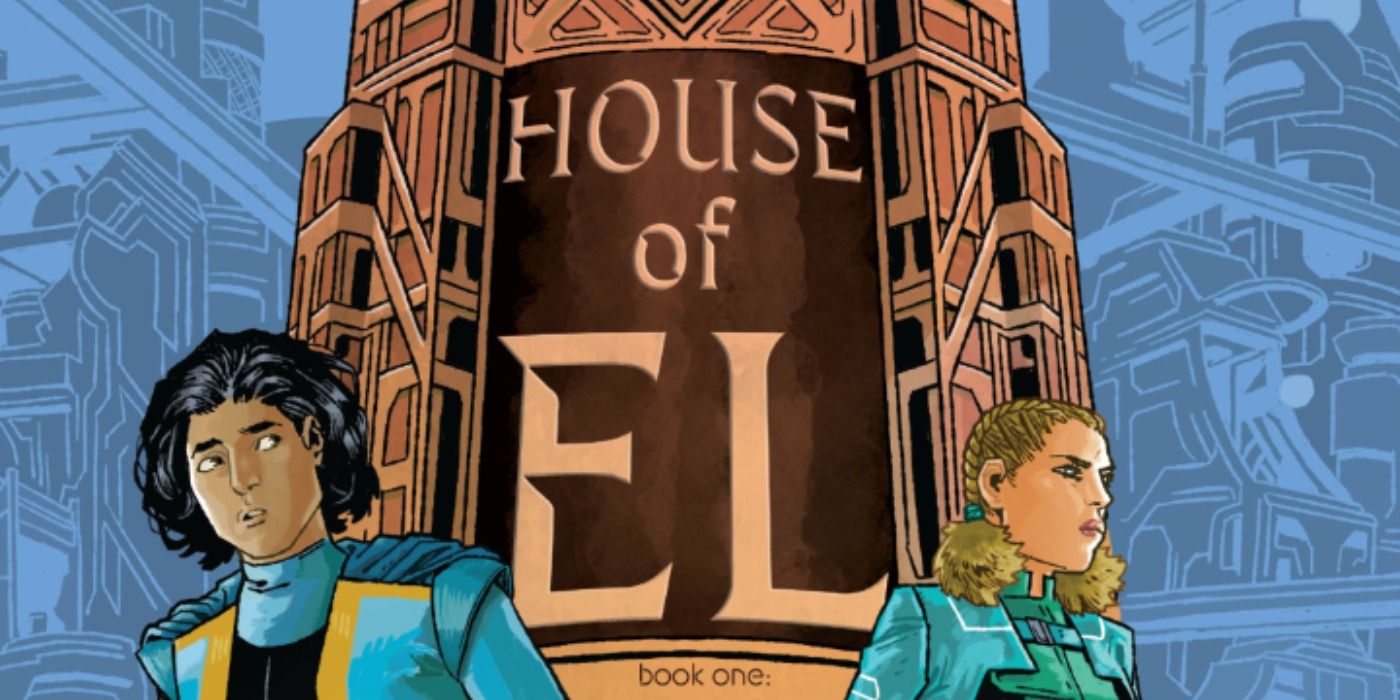
DC Comics' graphic novel House of El Book One: The Shadow Threat is giving readers a new look into Superman's home world of Krypton. Introduced in Superman #1 back in 1939, the doomed planet of Krypton stands at the center of the Man of Steel's lore. The story of Krypton's fall has been retold many times since, with countless different writers envisioning events in a slightly different way. How could such a technologically advanced civilization be rendered almost extinct in a planetary catastrophe?
That question is faced head-on by writer Claudia Gray and artist Eric Zawadzki in a young-adult graphic novel trilogy. Claudia Gray is one of the most respected young-adult writers in the world, particularly well-known for her Star Wars tie-ins - she's even involved with Star Wars: The High Republic, a bold initiative that kicked off on January 5. She's partnered with Eric Zawadzki, a superb artist who's best known for his indie books but has now been picked up by one of the Big Two publishers. Where most explorations of Krypton's downfall are brief, Gray and Zawadzki's House of El is a rich, compelling vision of Kryptonian society.
House of El Book One: The Shadow Threat is now on sale, and Screen Rant was given an exclusive opportunity to speak to Gray and Zawadzki to celebrate the release.
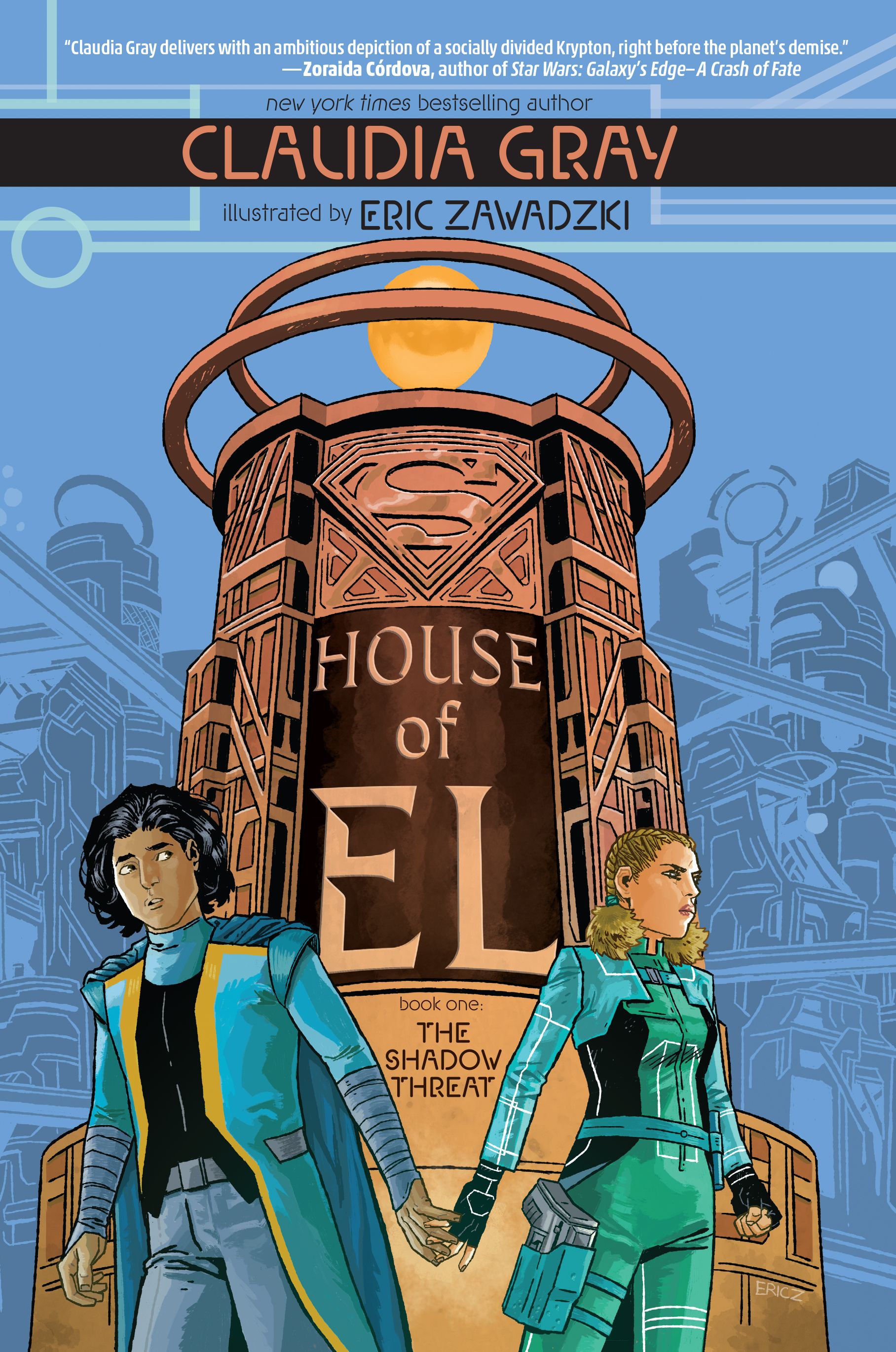
First of all Claudia, a huge thank you for agreeing to do this interview! We've loved your previous work, so it was a delight to read through House of El. It was fascinating to catch a glimpse of the legend of Krypton.
Claudia Gray - Thank you for wanting to do this interview! I'm glad you've enjoyed the other books and am both thrilled and relieved you like HoE too!
Krypton has always stood at the background of the Superman mythos, as the place Kal-El left behind. How did you design Kryptonian society like this?
Claudia Gray - The fundamental question with Krypton is always: Why don't these people know their planet is going to blow up? They're hugely scientifically advanced; they have technologies that greatly surpass our own; and they're highly intelligent. It's not impossible to know that Krypton is doomed - Jor-El can tell - why can't anyone else? So, I decided, maybe they literally can't see it. On this Krypton, genetic engineering has created brilliant, highly specialized individuals at every level of society - but those levels are so strictly defined, and people so narrowly designed, that they've lost the ability to understand each other, much less learn from each other. So when Jor-El discovers something that doesn't fit into the patterns Krypton has always relied upon, it goes unseen, except by a very select few.
How much did you draw on other versions of Krypton, from other mediums?
Claudia Gray - Relatively little, actually. The DC YA titles are meant to stand independently from other comics canons, and my editors encouraged me to strike out in my own direction. The one direct visual nod to anything comes in a panel where, in an ancestor temple, we see a mask. I took that from Ancient Rome, where families sometimes kept wax masks of their ancestors - and also from Superman: The Movie, which was my introduction to Superman canon when I was just 8 years old. The mask of Jor-El that rotates around to show us Christopher Reeve in his costume for the first time? That's the one.
The main characters in House of El, Zahn and Sera, are absolutely fascinating. How did you design these two characters, individuals in a world of conformity?
Claudia Gray - Since Krypton has a very striated society, the protagonists had to be people from very different parts of that world, so much so that their paths should never have crossed in any but the smallest ways. Sera's a soldier of the House of Ur, born without the ability to fear for her own life, cheerful to go into battle and certain she'll die young. She doesn't have much use for anything abstract--she lives hard, will die hard. Zahn, meanwhile, is from the House of Re, someone designed to be a member of the political and scientific elite. He spends his time in holographic classrooms, studying the exact same things generations have studied before him, and in the exact same way. Zahn has a spark that lets him glimpse some of the paradoxes of Krypton, but he's never found anyone willing to listen.
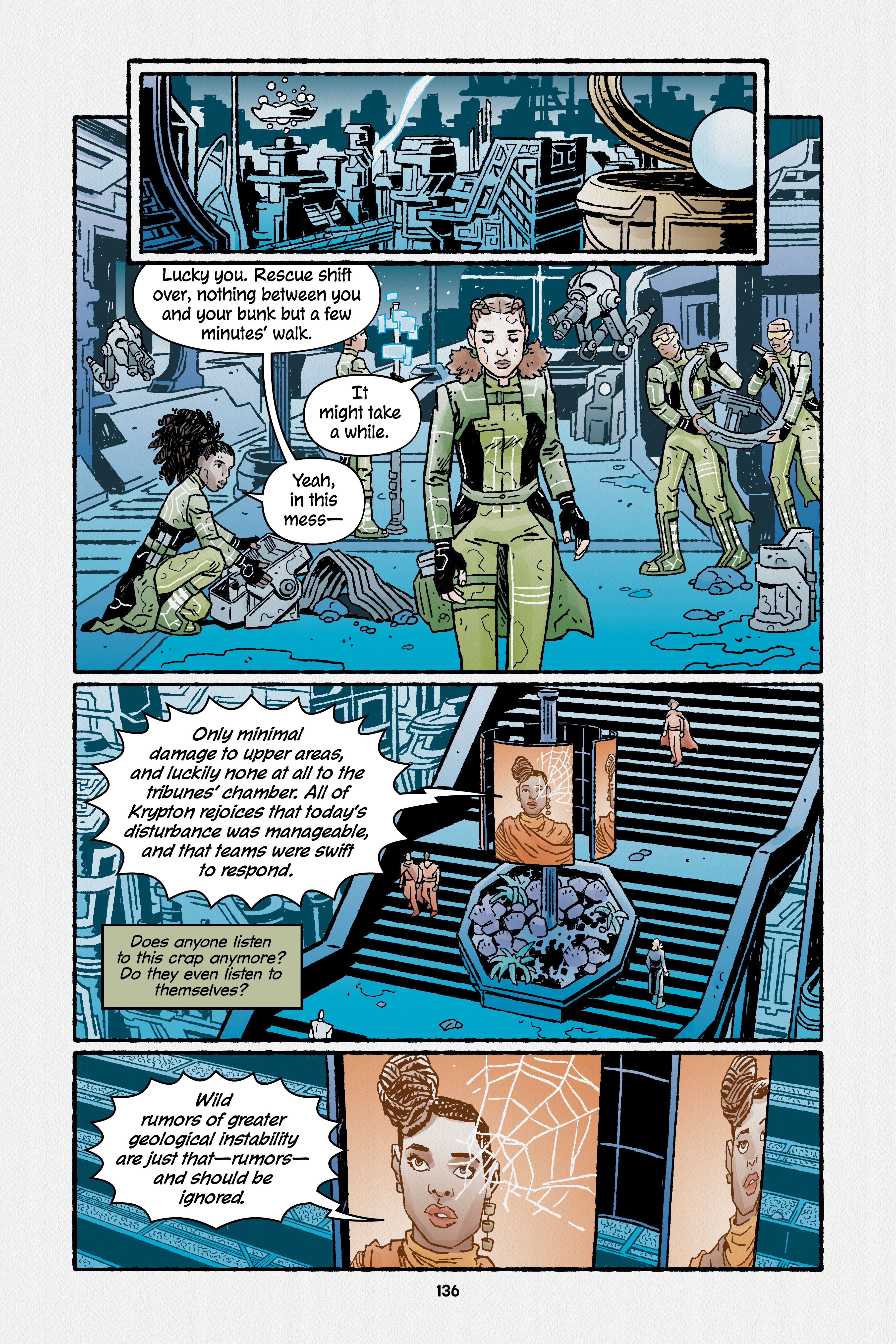
Your portrayal of Jor-El feels subtly different to other versions. What shaped your interpretation of him?
Claudia Gray - It was important for our main characters to connect to the Superman story in a meaningful way. So I hit upon the idea that Lara and Zahn were cousins - she's older than him, but still close enough that they shared a lot of the experiences of growing up. (And on this Krypton, where your genetic design is so significant, it seemed likely that people would socialize within their own families even more than all but the most tightly knit families in our own world.) That meant Lara would be in her twenties. While plenty of versions of the story have had Jor-El be significantly older than Lara, I thought it would be more interesting if he wasn't. So this is a younger Jor-El, known to be brilliant but still very much an upstart, in a way. He's got wild hair and rumpled clothes and big ideas. So while he and Zahn and Sera aren't peers, they're close enough to relate in ways that would be less credible with a much older, more august figure.
As the son of Jor-El and Lara, Superman may have been born naturally, but he'll still have inherited genetic coding. How do you think that inheritance has shaped Superman?
Claudia Gray - He has the intelligence, the incredible health, the good looks. But Lara and Jor-El are from different houses, so his organic creation meant his genetic code mixed and changed in ways that make him utterly unique. (My thought was that, mostly, Kryptonians married distant cousins from their own houses - the kids are genetically designed, so there's no danger, and keeping the houses "pure" would be a priority. Which is part of why nobody in the House of Re, including Zahn, can quite believe Lara's decision to marry Jor-El.)
General Zod has always been a fascinating character. Do you consider him a hero, a villain, or more complex than that?
Claudia Gray - Zod is in a deep gray area, at least in House of El. He and Jor-El (and Lara, too) are truly friends. Zod does see the problems that so many Kryptonians won't or can't. But he also sees opportunity for himself. To him, there's no conflict - what will save Krypton will help him - but the balance has shifted more towards his personal gain, maybe without his being fully conscious of it.
You're well-known for writing some tremendous science-fiction and Star Wars novels. What's the difference between writing for a graphic novel format, and writing for a traditional novel?
Claudia Gray - This was a huge - and, at times, humbling - learning experience. I prepared for it: read the books, watched the videos, took a class. And of course I was a reader of comics and graphic novels. But it's one thing to know, intellectually, "You can use images to tell the story without words," and another for your storytelling brain to actually work that way. It took most of the first draft for me to start seeing the story in that way.
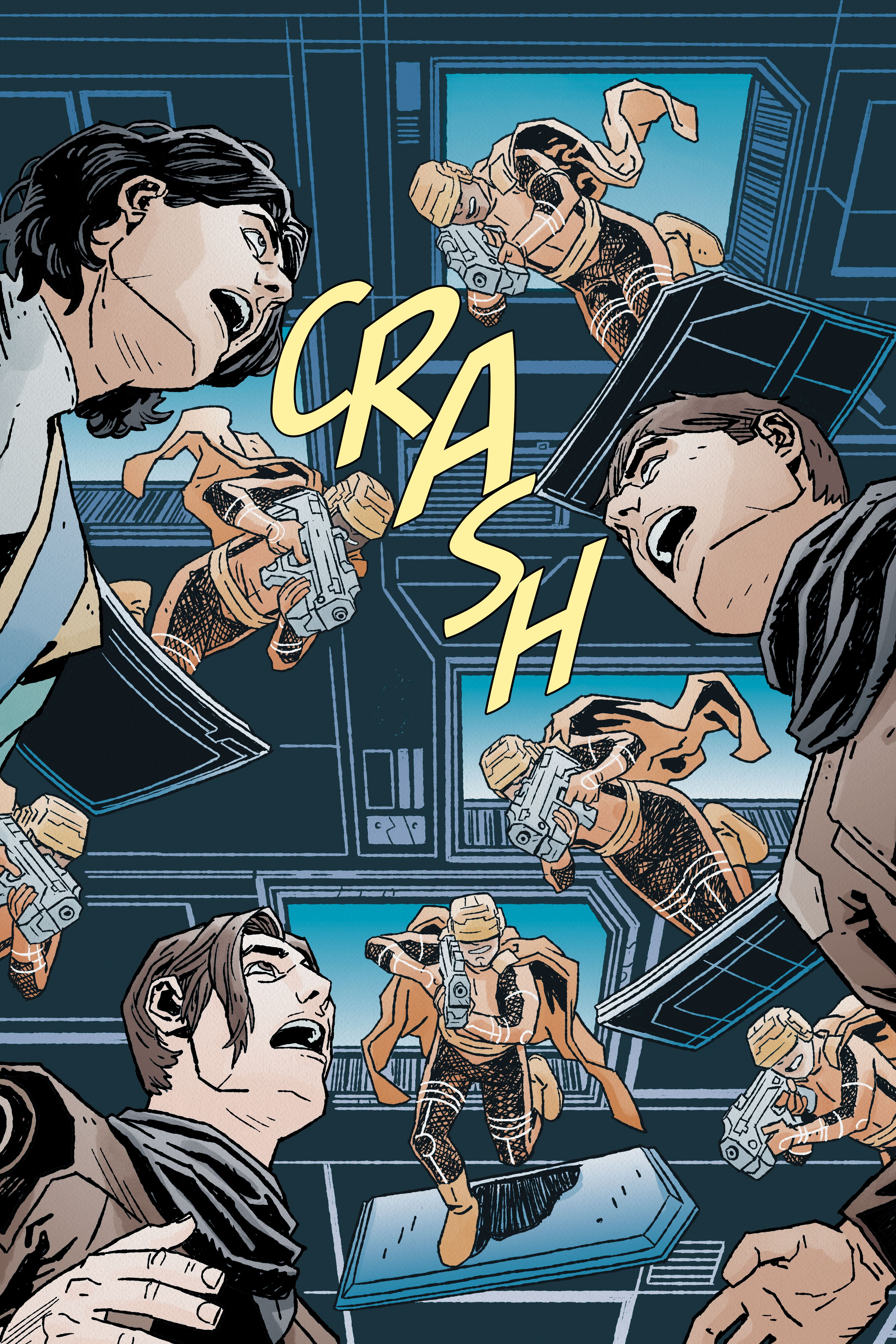
How closely did you work with Eric Zawadzki on the designs?
Claudia Gray - Eric kind of had to hit the ground running - he came into the project later, when I was well into book one (maybe even done? I can't remember.) So he had to make up for lost time, and we didn't get to collaborate as much up front as I'd have liked. But I bet you can't tell, because he's done absolutely brilliant work here - he took the few physical descriptions I gave, absorbed the story, and came up with the perfect look to communicate this rigid, hierarchical, advanced society.
-
Eric, your design of Kryptonian architecture is fascinating. What shaped those designs?
Eric Zawadzki - I was tasked with Claudia’s idea of a city built around hierarchy, so I challenged myself to do something different than what I’d seen in other media. I ended up designing the city as a series of platforms stacked on top of each other, with various walkways and stairs uniting them. I also had to factor in the technology that Krypton has to create and repair these structures, which we explain more in book two. Because of that technology, I wanted a kind of uniform look where there are patterns of overlapping planks of metal that wrap around and grow on top of these structures.
What was it like working with Claudia Gray and creating visual designs for her characters?
Eric Zawadzki - It was a lot of fun developing this wild world with Claudia. I love that DC has given us the opportunity to create brand new characters with a mandate to not be beholden to the past. I have to admit, though, that I’m never fully satisfied with my designs. In an ideal world, I would spend months designing everything, but that’s just not feasible.
How did you get involved in the House of El project?
Eric Zawadzki - The original editor on the project, Alex Carr, had read an indie book of mine, Eternal. He seemed impressed enough with it to reach out to me about getting involved with House of El. Fortunately I was winding down on Heart Attack at Image comics, so I jumped at the chance. I had never met Claudia, but I was aware of her work around Star Wars. I have to say that her scripts have certainly lived up to the expectations I place on her from seeing how rabid her fans are for her work. She definitely has a knack for making you fall in love with her characters.
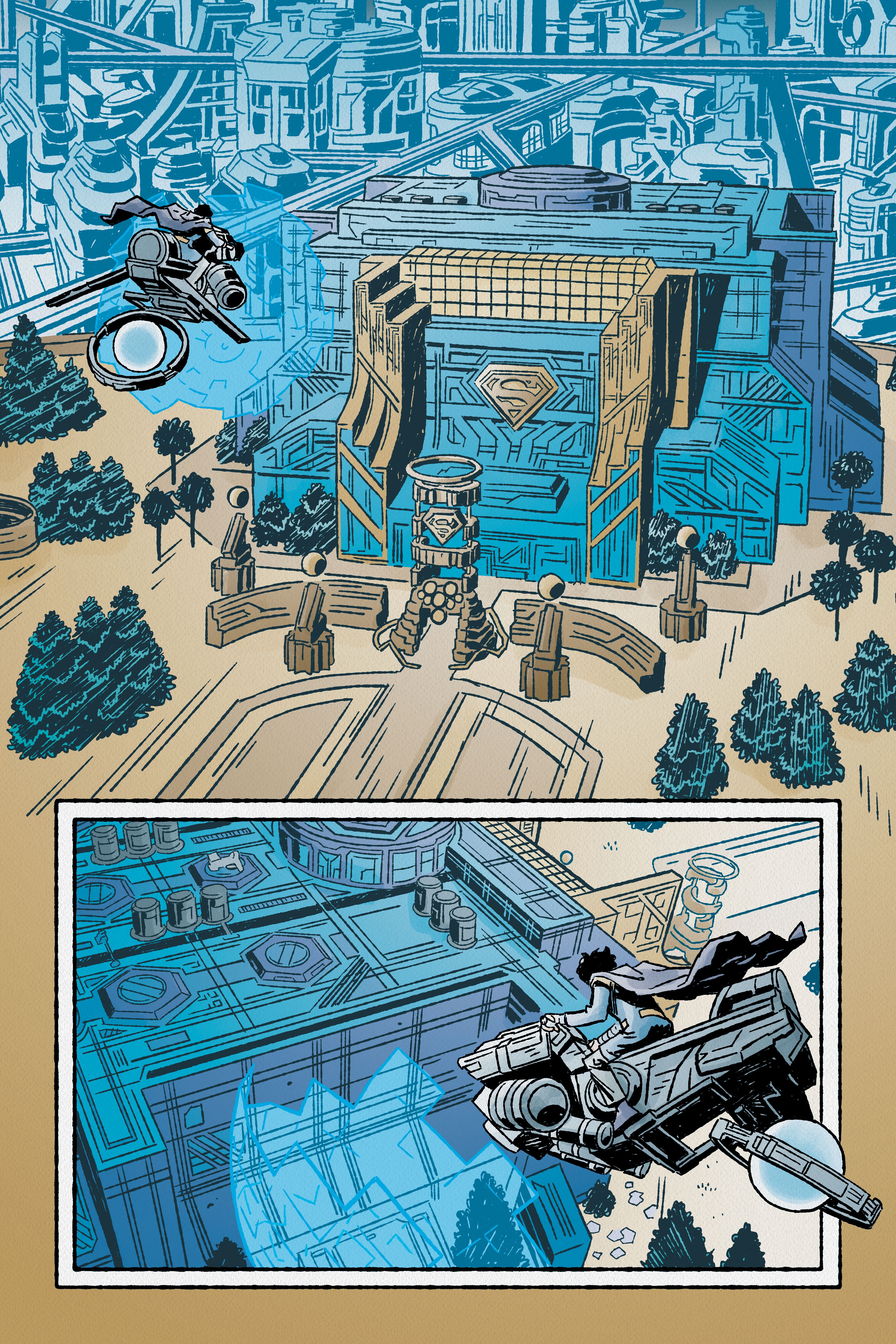
Could you talk a bit about the artists who've influenced your work?
Eric Zawadzki - Katsuhiro Otomo is a big influence on the city destruction, which will become more apparent in future instalments. I was also very inspired by the world building and creativity of José Ladrönn and Juan Gimenez. But I’m always inspired by an ever changing roster of artists. Currently I’m obsessed with Pepe Larraz, David Aja, Olivier Coipel and Steve Skroce.
https://ift.tt/3qgnul0
January 14, 2021 at 08:35AM
Labels: ScreenRant - Feed


0 Comments:
Post a Comment
Subscribe to Post Comments [Atom]
<< Home